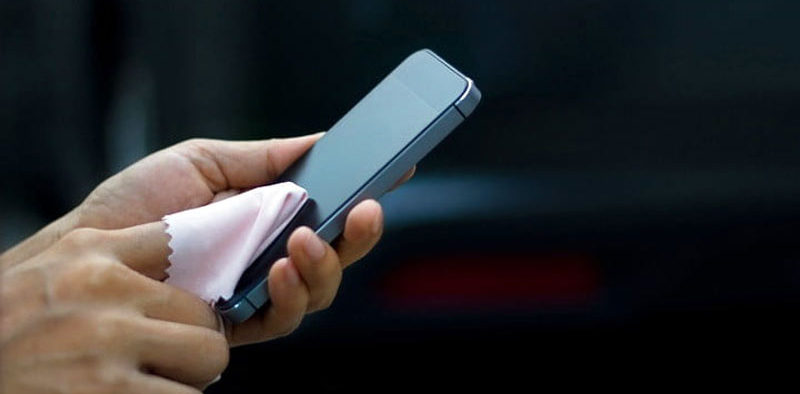Coronavirus can survive for 28 days on phone screens

Australian researchers found out that the virus that causes COVID-19 can survive on banknotes, phone screens, and stainless steel for up to 28 days. It is much longer than the flu virus. In this regard, they highlighted the need for effective cleaning and handwashing to avoid the disease.
“It really reinforces the importance of washing hands and sanitizing where possible and certainly wiping down surfaces that may be in contact with the virus,” said the study’s lead researcher Shane Riddell.
Experiment:
The study by Australia’s national science agency, CSIRO, proved that in a tightly controlled environment, the virus remained infectious for a longer period of time. The experiment took place in the dark which negates the effects of UV light. Studies have shown direct sunlight can rapidly inactivate the virus. CSIRO researchers said that at 20 degrees Celsius (68 degrees Fahrenheit) the SARS-COV-2 virus was “extremely robust”. It remained infectious for 28 days on smooth surfaces such as plastic banknotes and glass found on mobile phone screens.
Findings:
Due to coughing, sneezing or talking the coronavirus spreads. But there is also evidence that particles hanging in the air can also infect people. After today’s study it is also possible someone could get Covid-19 by touching infected surfaces such as metal or plastic. This is less common, however. Experiments were also performed at low temperatures like at 20, 30 and 40 degrees Celsius. They showed that virus survived longer at cooler temperatures, smooth surfaces, and on paper banknotes rather than plastic ones.
How many days Coronavirus lasts on low Temperature?
The researchers said that on cloth at 20 degrees they were unable to detect any viable virus beyond 14 days. At 30 degrees, virus’ viability fell to just three days on cotton, compared with seven days for steel and smoother surfaces. Viability dropped further at 40 degrees Celsius (104 Fahrenheit).
Researchers said if we place virus on smooth surfaces at the standard mucus concentration of an infected person “enough virus would easily survive for two weeks to be able to infect another person”. Infection would depend on a number of factors, including makeup of virus itself, the type of surface, and whether virus is liquid or dried.










